The Technicolor Influence of Kayōkyoku Records
Where 1960s Japanese and Western cultures collide
The Art of Cover Art is and will continue to be a free resource for all readers. If you have the means this month, consider upgrading to a paid subscription to support my work. A small donation to my ongoing coffee fund is also always appreciated. Happy reading!
Kayōkyoku describes a wide breadth of Japanese popular music from the mid-20th century. The era promptly sits between the traditional ballads of Enka music and fades into the funk, American-influenced sound of City Pop that rose to prominence in the 80s. The US occupation after World War II marked this transition in the genre. Originally described as “domestic popular music” beginning in the 1920s, “the music in post-1950 Kayōkyoku had much more overt beats and a pervading sense of pulse throughout, and the music itself was built around the Western diatonic scale. This shift in the tonal qualities of Kayōkyoku exemplifies the influence that Western music had on Japanese music,” Kyle Hutchinson writes in an essay exploring the symbiotic relationship between the two musical cultures.
While the genres can overlap like in a ven diagram, what sets Kayōkyoku music apart during this transitional phase in the 1960s is its cinecolor album art born out of collaboration with Britain and America. Early 20th century Enka artists like Hibari Misora feature conservative portraiture on their record covers, while City Pop musicians like Taeko Ohnuki find their footing in minimalist treatments seen throughout 80s fashions worldwide. Most likely attributed to the psychedelic global phenomenon of the time (see these Pakistani 7” soundtracks), Kayōkyoku’s roots still shine with the Japanese alphabet in bright, bold bubble type.
Around this same time, the concept known as karaoke was rising in popularity. Before the first karaoke machines were invented in the late 60s in Japan, “karaoke-like activities involved the use of backing tracks provided by live bands or instrumental recordings,” according to NPR. It was in 1967 when Shigeichi Negishi invented the Sparko Box, “the world's first commercially-available karaoke machine.”
Chloe Veltman for NPR continues to explain the historical timeline of the now global nightlife staple. “Although Negishi was the first to create a karaoke machine, many people attribute the invention of karaoke to nightclub musician Daisuke Inoue, who independently invented his own karaoke machine in 1971. Inoue's contribution was to create versions of pop-song backing tracks in keys that could suit a variety of amateur singers. (Three additional Japanese inventors created versions of karaoke machines in the late 1960s and early 1970s.)”
While another ven diagram may be at hand, one thing that is not mistaken is the aesthetic influence Kayōkyoku records had on this burgeoning entertainment industry. While many of these albums were the sounds that bellowed through karaoke systems, the hypnotic graphics and color palettes from their covers also shifted over. See the early prototype of the Spark Box with Negishi himself below.
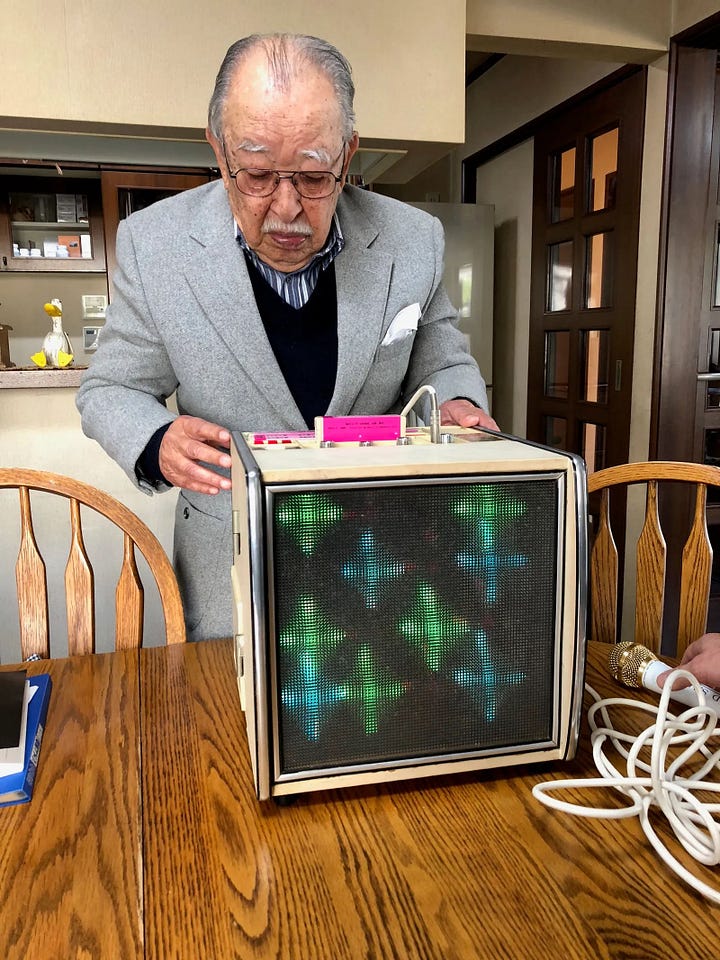
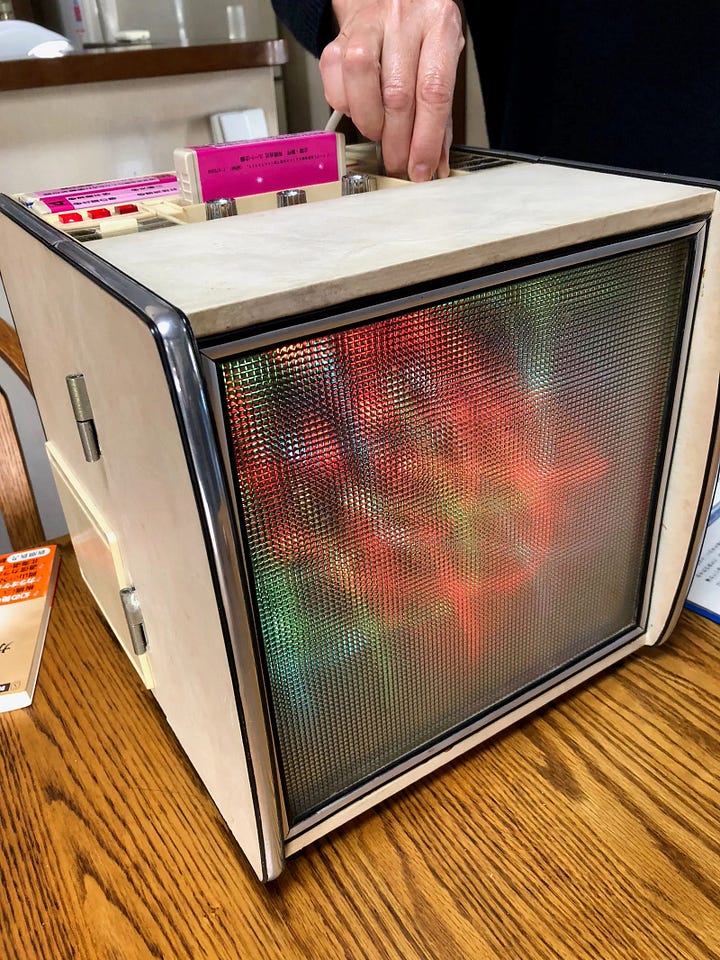
Author
was able to capture these photos while doing research for his book, Pure Invention: How Japan’s Pop Culture Conquered the World. The hot pink tapes and neon graphics blend seamlessly into the sphere of 1960s Kayōkyoku records. Find an assortment of more of these album covers below:The Art of Cover Art is a free educational and inspirational resource. If you have $5/ month to spare, it would be super helpful in furthering my research. Or, if you think a friend might enjoy this newsletter, the best way to pay it forward is by sharing!

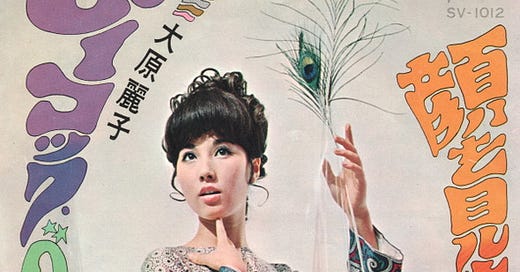



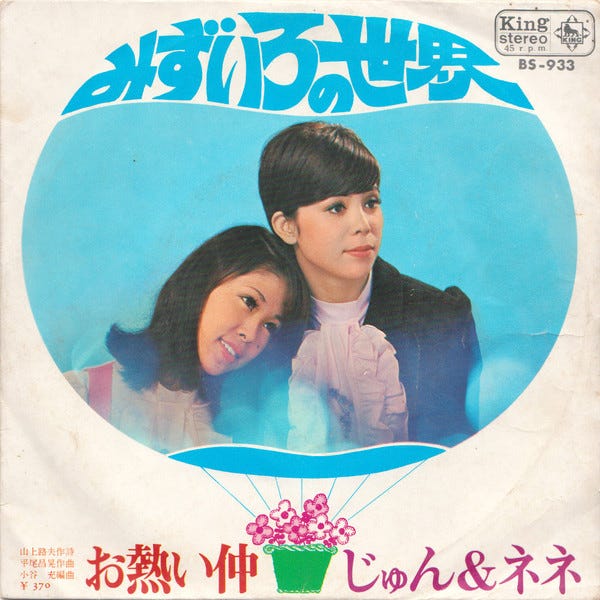
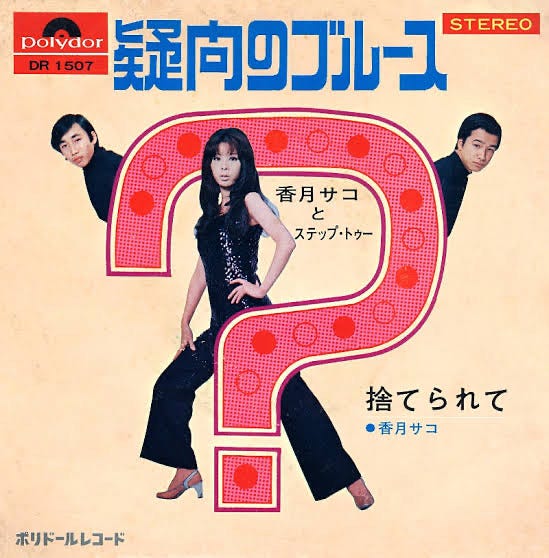
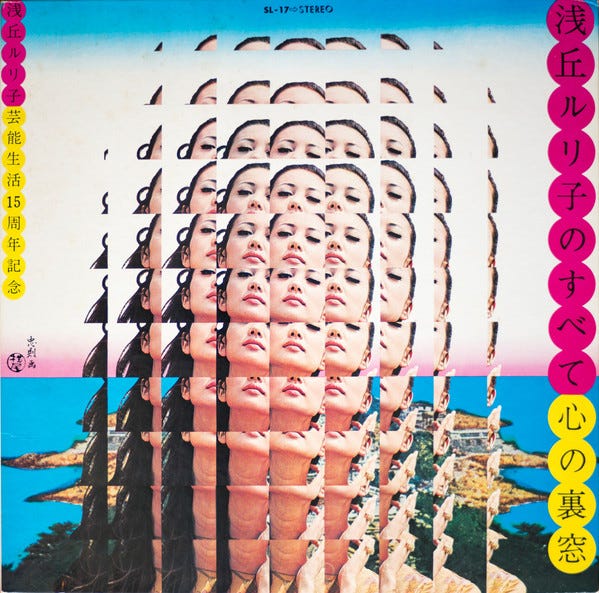
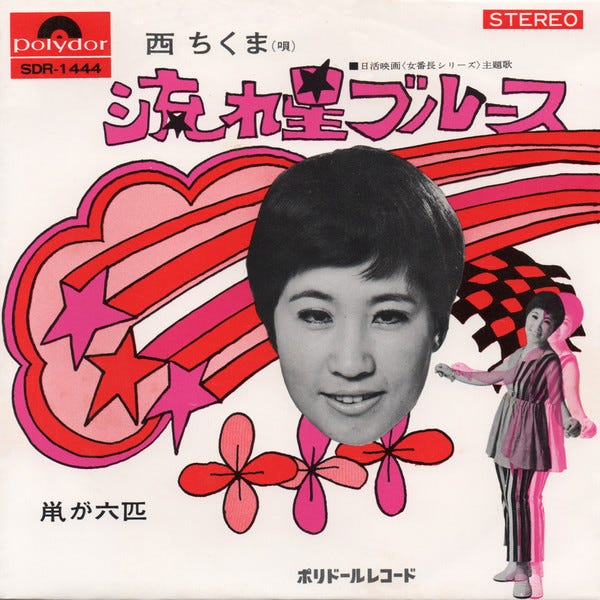
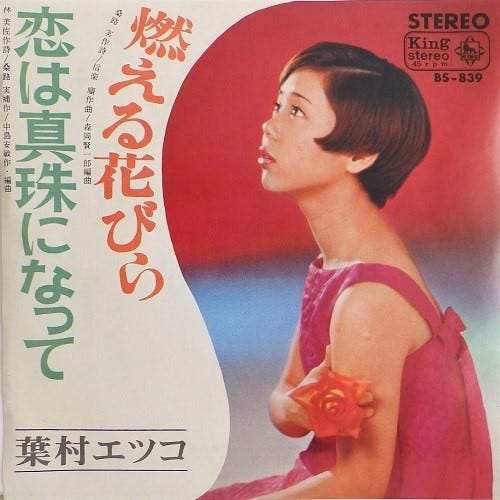
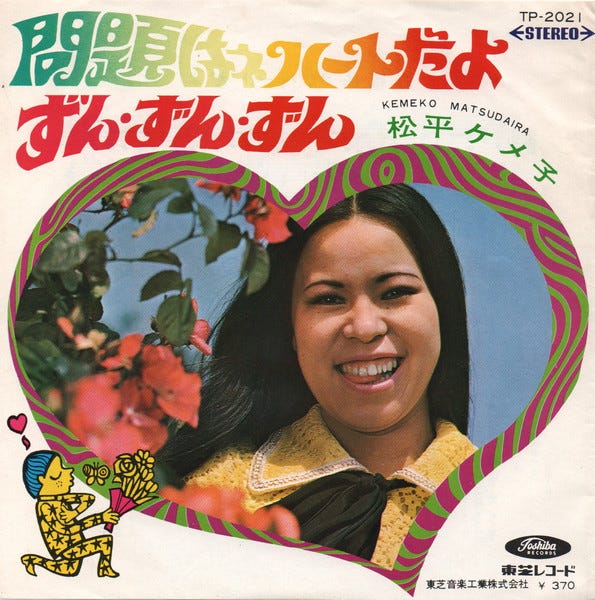

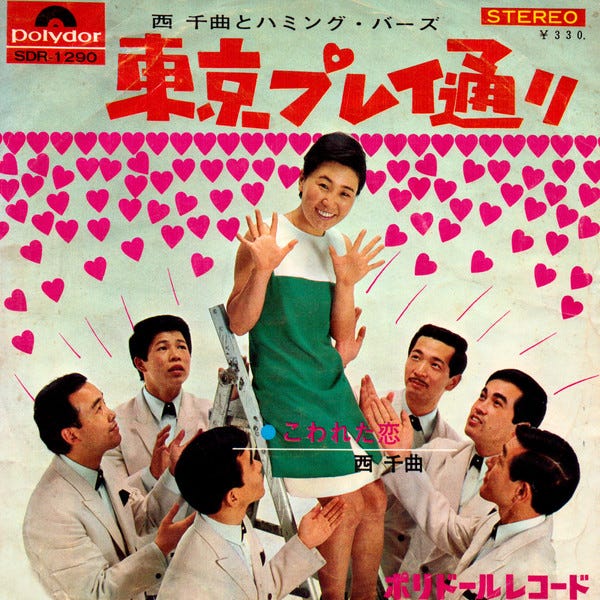
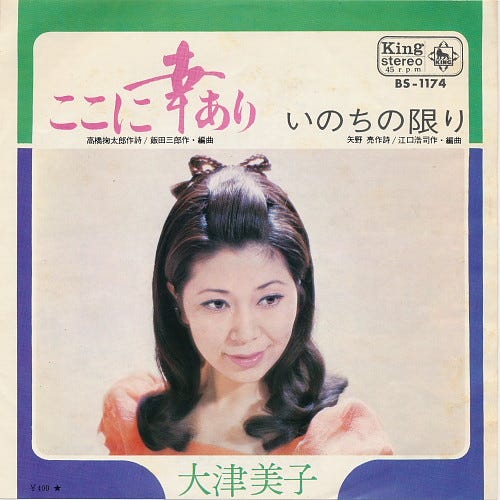
Oh my god! I’m so happy that i found you!! This is great.